Student Notable
Transportation Award
Core77 Design Awards 2019
Akira - an assisting robot for underground cable management
For us it just takes one click to turn on the light. But the cable system which is needed to provide this comfort is endless. Most of those cables are underground and the amount is growing. The main advantage of underground cables is that they are not visible for the public and therefore not interfering with the environment or elements. But at the same time this is a big challenge for the provider of the energy infrastructure.
During our user research and participatory observations, we identified that there is a lack of a coherent solution for this task as well as a need to visualize this information, which makes it unnecessary hard to plan, detect and tag underground cables.
Akira is an assisting robot to plan and maintain the cable system where it is most intuitive, out in the field. Thanks to a modular design the product can be utilized from several stakeholders. System architects can use Akira to design and visualize cable layouts directly out in the terrain, while at the same time the robot can be used as a communication tool with customers.
Ground Projections make the prospective cable infrastructure visible and accessible for a dialogue between the planner and the construction companies.
After the cables are laid, the robot can automatically tag and verify the cable position when brought to the start point.
Akira is the concept for an intuitive and visual way to handle ground cable management. The robot assists out in the field and helps to keep the tracking of the power grid and it's condition up to date.

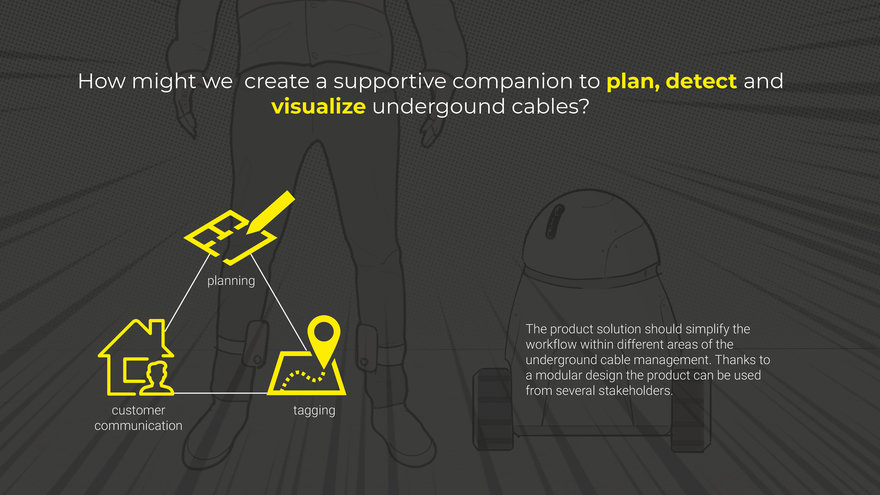
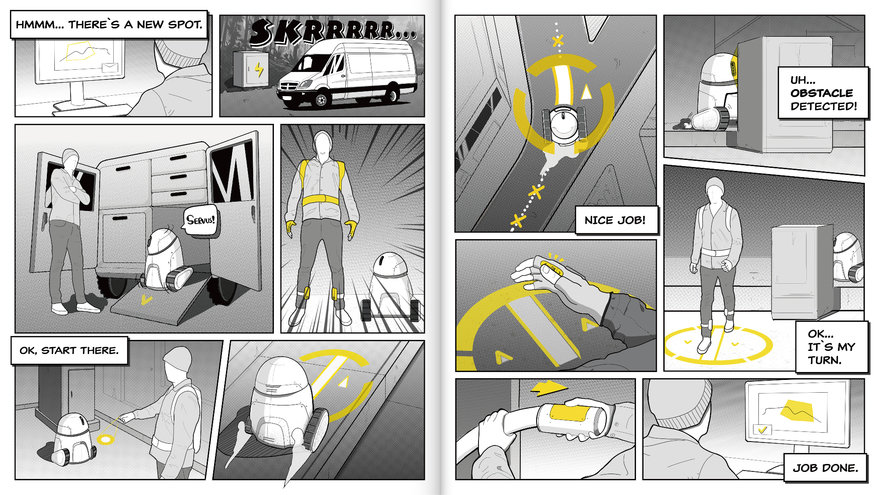

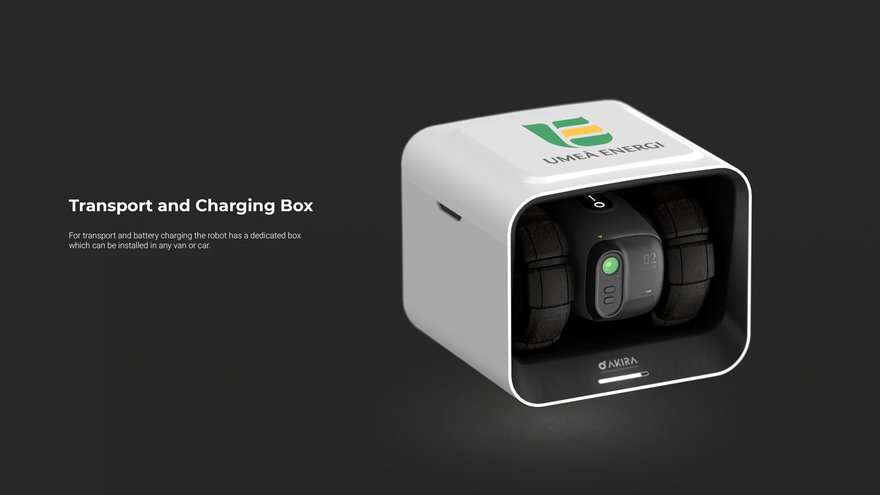

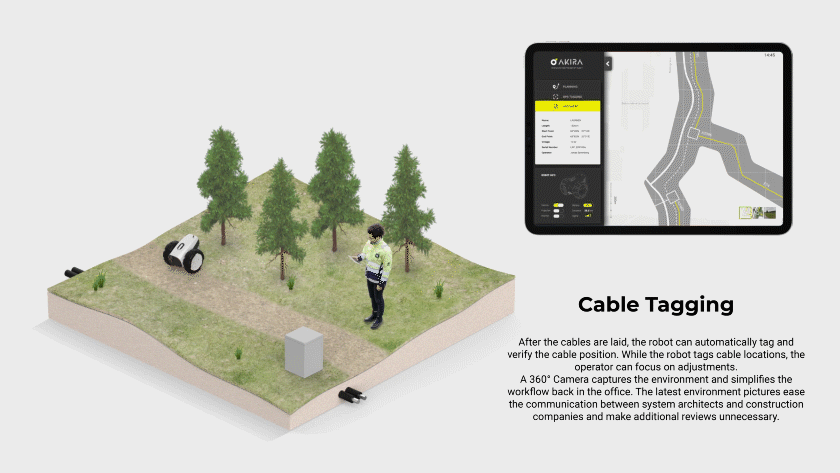
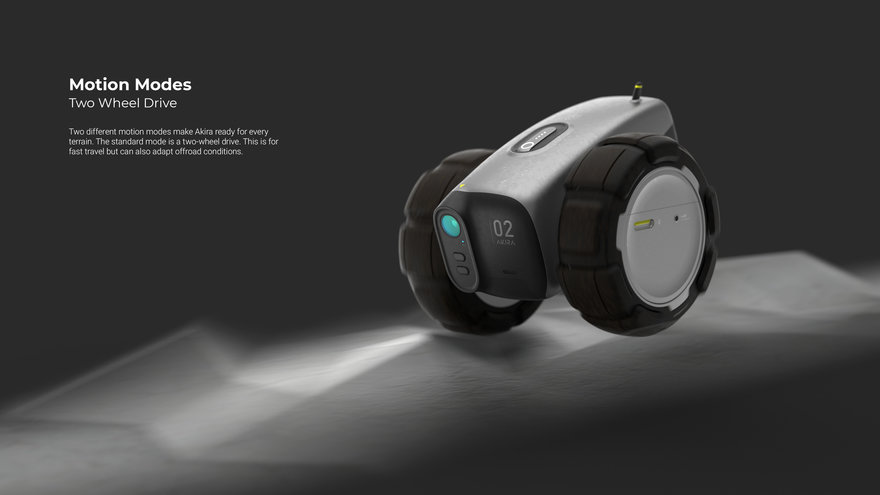
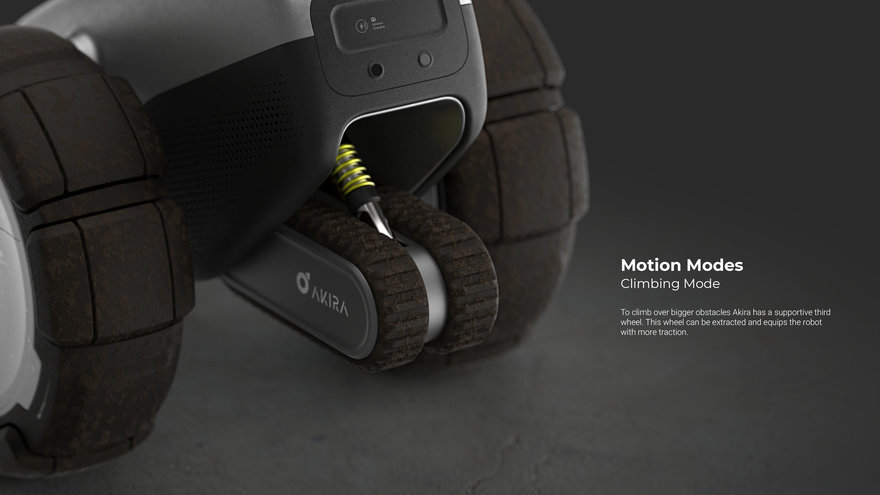
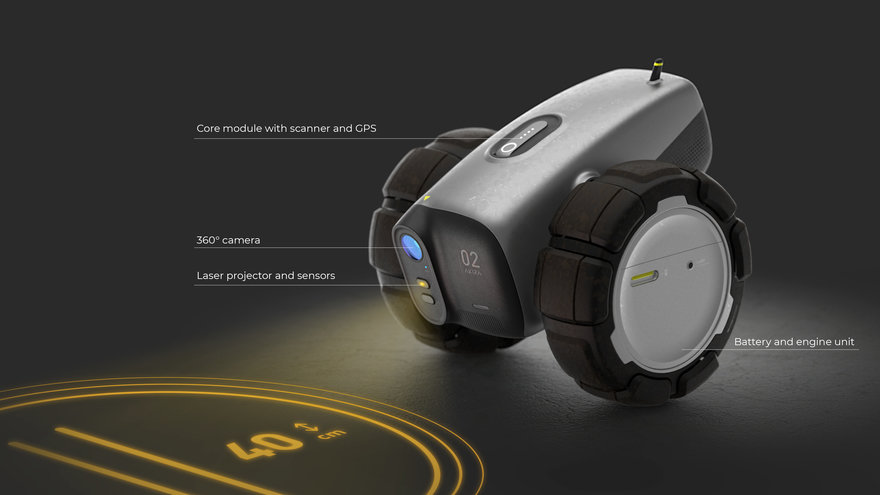
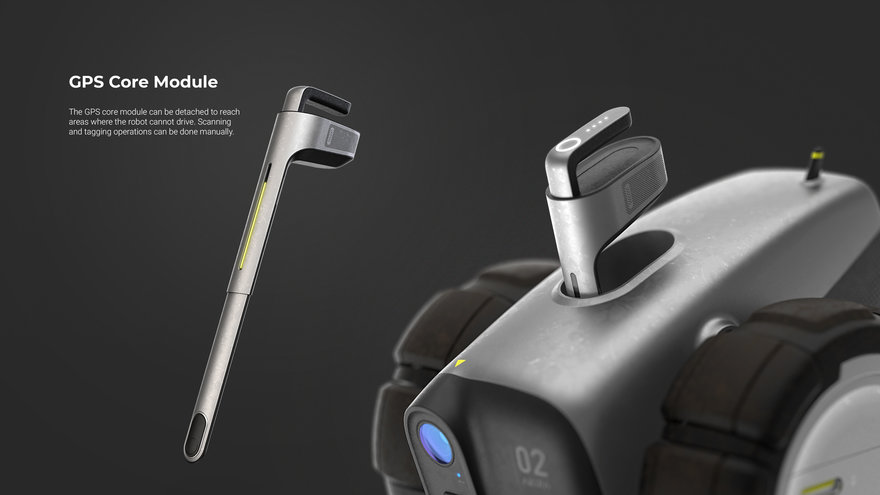
Research
Throughout the project we worked closely together with our collaboration partner Umeå Energy (Umeå Energi). The company is the local energy provider for the city of Umeå in the northern part of Sweden. During a week of field studies and participatory observations, we experienced different competences and solutions and procedures needed to uphold the energy infrastructure of a growing city. Because of this we were able to talk to and get insights for different employees covering the planning, implementation and maintenance of the entire electric grid system and literally meet the men and woman that work with electricity below, on and above ground.
As a part of creative process and concept development, co-creation workshops were facilitated where valuable feedback were shared and follow-up sessions with the companies after that helped validate the vision of the Akira.
One recurring issue we heard from different stakeholders was that a lack of visualization makes it hard to deal with underground cables. Today they have to use different tools to identify the position of the cables and the information has to be transferred between these and processed afterwards.
Opportunity
How might we create a supportive solution to plan, detect and visualize ground cables?
An intuitive solution for cable management out in the field would simplify the whole workflow across different disciplines and enable documentation and dialogue internally within the company and with external contractors.
Solution
Akira is a supportive tool with a wide range of features. The robot is the perfect planning partner out in the terrain. Considering the lack of specialists available to work and carry the existing equipment on-site, Akira would also ease the practical workflow and make it accessible and interesting for a broader group of people to work in the field.
Ground Projections would make existing and prospective cables and infrastructure visible. Planning tasks can be reviewed out in the field and changes can be implemented directly into the system. Furthermore, the in-field visualizations and documentation of these would support a direct dialogue between stakeholders.
A 360° Camera captures the environment and simplifies the workflow back at the office. The latest environment pictures ease the communication between system architects and construction companies and make additional reviews unnecessary.
A consistent interface both for tablets out in the field and computers back at the office would combine all task in one seamless software.
After the cables are laid in the ground, the robot can automatically tag and verify the cable position when brought to the start point. GPS system records the data in real time and makes it accessible for the stakeholder involved.
The GPS core module can be detached manually from the robot, so the operator can reach to scan and tag areas where Akira cannot go. Instead of a display the device provides information about the cable position with tactile feedback. A light bar shows when the precise position has been reached.
Onboard intelligence helps Akira to avoid obstacles and two different driving modes makes the unit ready for every terrain. The standard mode is a two-wheel drive. This is for high pace movement but it can also be adapted to off-road conditions.
To climb over obstacles Akira has a supportive third wheel. This wheel can be extended from the back and equips the robot with more traction.
For transport and battery charging the robot has a dedicated box which can be installed in most vans or pick-up trucks.
All in all, Akira assists the project and power grid managers with their job with plan, documenting and detection and by seen and showing what can't be been with the naked eye, it helps keeping the electricity system in the ground up to date.
Core77 Design Awards 2019
- Built Environment
- Commercial Equipment
- Consumer Technology
- Crowdfunding
- Design Education Initiative
- Design for Social Impact
- Furniture & Lighting
- Health & Wellness
- Home & Living
- Interaction
- Packaging
- Personal Accessory
- Service Design
- Speculative Design
- Sports & Recreation
- Strategy & Research
- Tools & Work
- Transportation
- Visual Communication